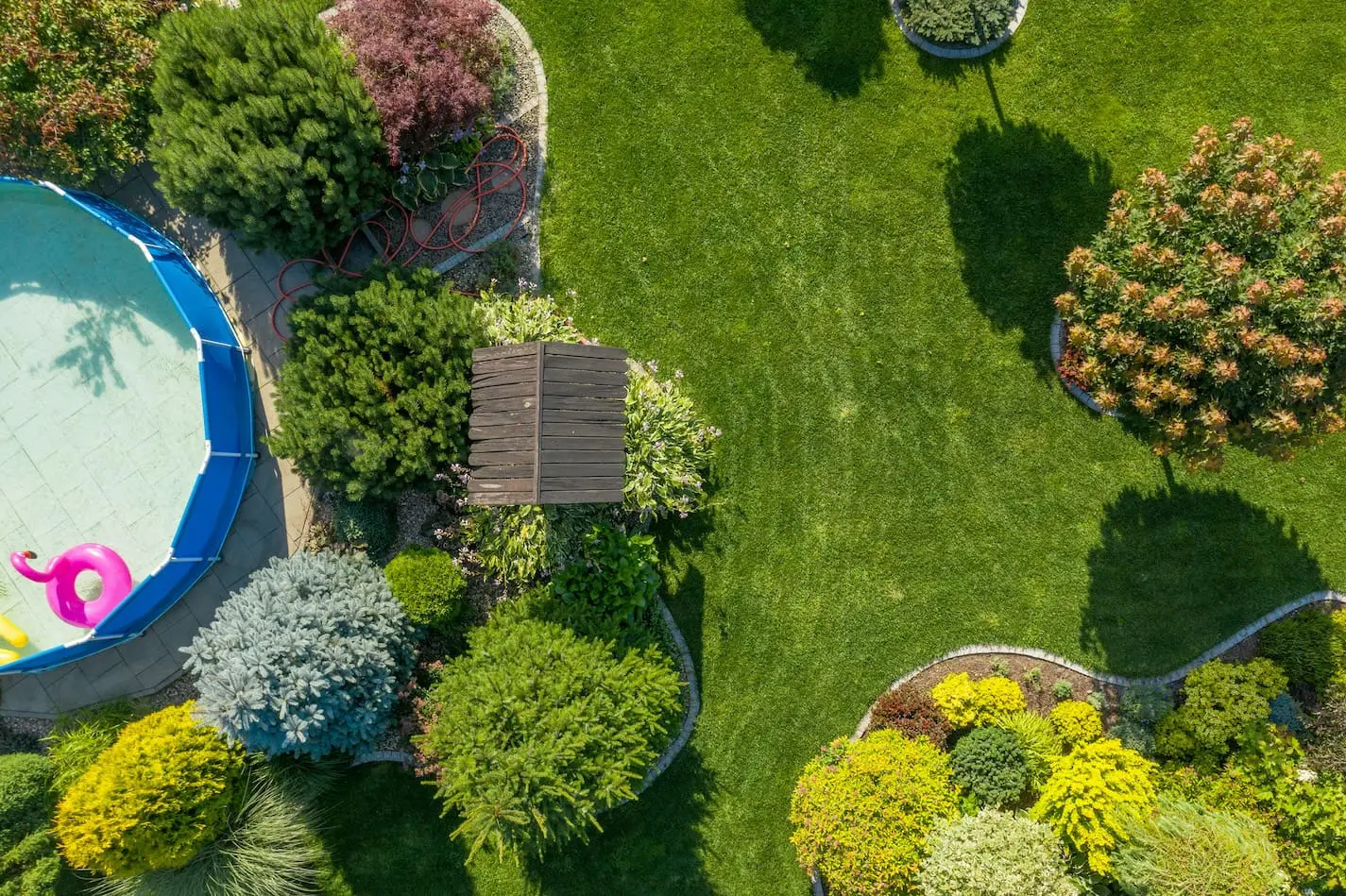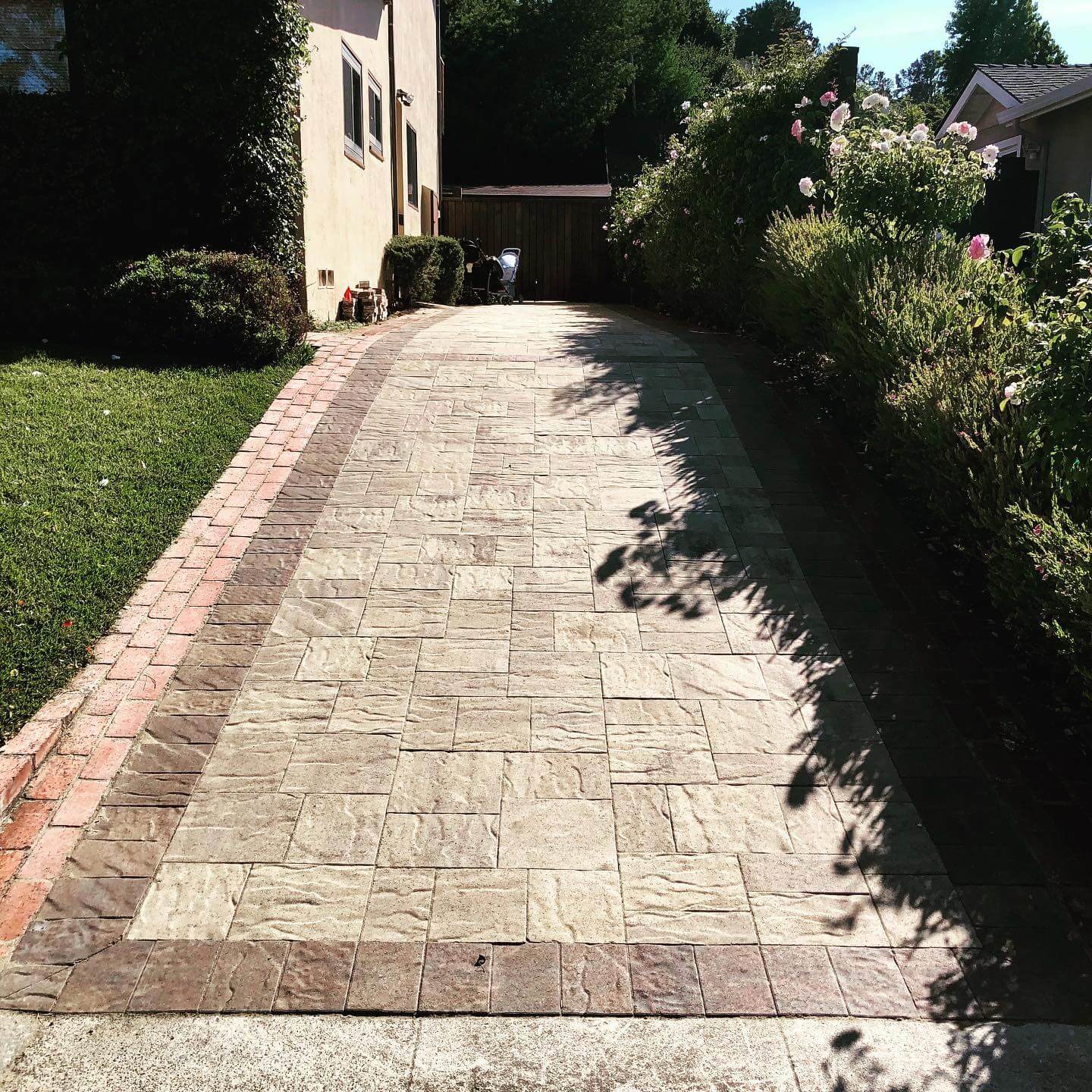
Sustainable Landscaping: Green Practices for Your Custom Outdoor Spaces
Creating a beautiful, custom outdoor space is a desirable feature for any homeowner, but incorporating sustainable landscaping practices and environmentally friendly design elements can truly elevate your landscape to a whole new level. wildlife-friendly features can be an essential part of this approach. Sustainable landscaping focuses on working with nature and regional ecosystems, conserving resources, reducing waste, and enhancing the overall health and biodiversity of your outdoor setting. By adopting eco-friendly principles, you can transform your outdoor space into a harmonious haven that is not only aesthetically pleasing but also beneficial to the environment.
Embrace a sustainable approach to your landscape design and learn how you can enhance the natural beauty and ecological footprint of your custom outdoor space, leaving a positive and lasting impact on the environment for generations to come.
Water-Efficient Irrigation and Water-Saving Measures
Minimizing water usage is a critical component of sustainable landscaping. By implementing water-efficient irrigation systems and water-saving measures in your landscape design, you can conserve a precious resource while maintaining a healthy and vibrant outdoor space.
- Drip Irrigation Systems: Use drip irrigation systems to deliver water directly to the root zones of your plants, reducing evaporation and runoff, and ensuring more efficient water usage.
- Rainwater Harvesting: Collect rainwater from roofs, gutters, and downspouts in rain barrels or cisterns to supplement your landscape’s irrigation needs.
- Mulching: Apply organic mulch, such as bark chips or compost, around plants to help retain soil moisture, regulate soil temperature, and suppress weed growth.
- Xeriscaping: Consider incorporating xeriscaping techniques in your landscape design by choosing drought-tolerant and low-water-consuming plants that thrive in your region’s climate.
Native Plants and Adaptive Species
Utilizing native plants and adaptive species in your landscape design can provide numerous environmental benefits while enhancing the beauty of your outdoor space.
- Environmentally Sustainable: Native plants are well-adapted to local climate, soil conditions, and regional ecosystems, reducing the need for supplemental irrigation, fertilizers, and pesticides.
- Attract Wildlife: Native plants serve as essential habitats and food sources for local wildlife, promoting biodiversity and supporting healthy ecosystems.
- Low Maintenance: Adaptable species require less maintenance compared to non-native plants as they thrive in their region’s climate and can tolerate local pests and diseases.
- Aesthetic Appeal: Selecting native plants and adaptive species offers a diverse range of colors, textures, and forms to create visually dynamic and cohesive landscape compositions.
Minimizing Chemical Usage and Integrated Pest Management
Reducing the reliance on synthetic chemicals for fertilizing, weed control, and pest management is a vital aspect of sustainable landscaping practices.
- Organic Fertilizers: Opt for organic fertilizers, such as compost or worm castings, to nourish your plants and promote healthy soil ecosystems.
- Natural Pest Control: Encourage beneficial insects, such as ladybugs or lacewings, to inhabit your landscape by planting their preferred plants and providing habitat features, like small ponds, birdhouses, or log piles.
- Integrated Pest Management: Implement integrated pest management strategies, using non-toxic or low-toxic treatments as a last resort and focusing on prevention, monitoring, and natural solutions to manage pest issues.
Eco-Friendly Hardscape Materials and Techniques
Choosing environmentally friendly hardscape materials and techniques can reduce the impact of your custom landscape design on the environment while providing durable, attractive, and functional surfaces.
- Permeable Paving: Utilize permeable paving materials, like pervious concrete or permeable pavers, to allow water to filter through and replenish groundwater while reducing stormwater runoff and erosion.
- Recycled and Reclaimed Materials: Incorporate recycled and reclaimed materials, such as reclaimed wood, recycled rubber, or crushed concrete, in your hardscaping projects to conserve resources and minimize waste.
- Solar Lighting: Opt for energy-efficient solar-powered lighting options to illuminate your landscape while reducing your dependence on nonrenewable energy sources.
Edible Landscaping and Homegrown Produce
Incorporating edible plants into your landscape design is a fantastic way to promote sustainability while enjoying the fresh taste of homegrown produce. Edible landscaping involves integrating fruits, vegetables, herbs, and edible flowers into your garden spaces, allowing you to harvest fresh food right from your backyard.
- Vegetable Gardens: Designate a section of your landscape for a vegetable garden where you can grow a variety of seasonal produce. Raised beds and vertical gardens are excellent options for maximizing space and improving soil quality.
- Fruit Trees and Shrubs: Plant fruit-bearing trees and shrubs such as apple, pear, blueberry, and raspberry bushes. These not only provide delicious fruits but also add beauty and structure to your landscape.
- Herb Gardens: Create an herb garden with a diverse selection of culinary and medicinal herbs. Herbs like basil, rosemary, thyme, and mint are easy to grow and can be used in various dishes, teas, and natural remedies.
Composting and Soil Health
Maintaining healthy soil is fundamental to sustainable landscaping, and composting is a key practice in achieving this goal. Composting involves recycling organic waste materials, such as kitchen scraps and yard clippings, to create nutrient-rich compost that can be used to enrich your soil.
- Compost Bins: Set up compost bins or piles in a convenient location in your yard to collect organic waste. Ensure a balance of green (nitrogen-rich) and brown (carbon-rich) materials for effective composting.
- Soil Amendment: Use the finished compost to amend garden beds, improve soil structure, and boost plant health. Rich, well-aerated soil supports robust plant growth and reduces the need for chemical fertilizers.
- Vermicomposting: Consider vermicomposting, a method that uses worms to break down organic matter, producing high-quality compost known as worm castings. This method is particularly effective for small spaces and indoor composting.
Wildlife-Friendly Features and Habitat Creation
Creating habitats for local wildlife enhances biodiversity and supports the ecological balance of your landscape. By incorporating wildlife-friendly features, you can attract beneficial insects, birds, and other animals to your garden. These wildlife-friendly features help create a thriving, sustainable outdoor environment.
- Birdhouses and Feeders: Install birdhouses and feeders to attract various bird species, providing them with shelter and food sources. Birds can help control insect populations and add life and color to your garden.
- Pollinator Gardens: Plant a variety of flowering plants that bloom at different times throughout the year to provide continuous nectar and pollen sources for pollinators such as bees, butterflies, and hummingbirds.
- Water Features: Include water features like small ponds, birdbaths, or fountains to offer drinking and bathing spots for birds and other wildlife. Ensure these features are safe and accessible for different animals.
Conclusion
By integrating these sustainable landscaping practices, you can create a custom outdoor space that is not only beautiful and functional but also environmentally responsible and supportive of local ecosystems. Embrace the opportunity to make a positive impact on the environment while enjoying a thriving, vibrant landscape. Sustainable landscaping is a step towards a greener future for generations to come.
Keystone Yards, a premier outdoor remodeling contractor in Napa, Sonoma, and Marin County, is dedicated to helping you design and implement environmentally-conscious landscapes that provide beautiful and tranquil spaces while leaving a lasting, positive impact on the surrounding ecosystems. Connect with our experts today to learn more about sustainable landscaping and how you can create a greener, more vibrant outdoor living space that both you and Mother Nature can enjoy.





